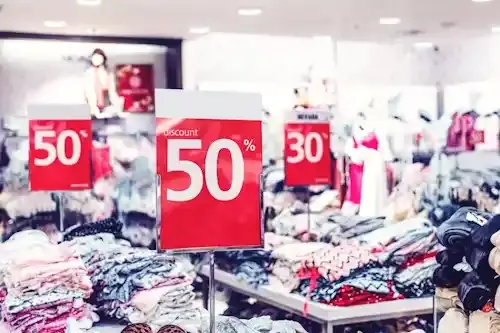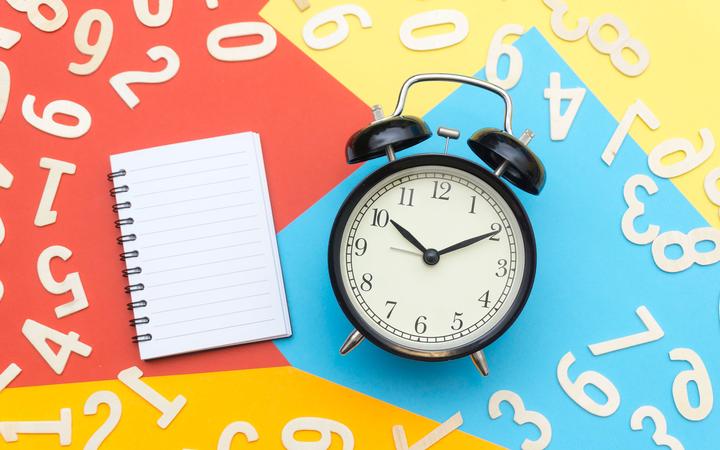Why do people buy? Simplifying the theory of purchase
If you want to get into e-commerce or general commerce, one of the most important things you should understand is buying theory or consumer behavior in general.
Show key points
- Understanding consumer behavior is crucial for anyone looking to succeed in e-commerce or general commerce.
- People make purchases primarily to satisfy basic needs, fulfill desires, or express their identity.
- Buying behavior is influenced by psychological, social, economic, and marketing factors.
- ADVERTISEMENT
- Consumers typically evaluate purchases based on expected benefits, costs, and risks, as outlined in consumer behavior theory.
- Purchase motivations can be classified into rational reasons (like quality and value) and emotional reasons (such as status or self-expression).
- The consumer decision process often follows five stages: recognition, information search, evaluation, decision, and post-purchase evaluation.
- While the full purchase process applies mostly to high-value or durable goods, basic need-driven purchases tend to be more instinctual and immediate.
Understanding purchasing behavior is essential for companies seeking to sell their products and services. Companies can design effective marketing strategies that attract consumers and motivate them to buy. This is done by understanding the needs and desires of consumers, and the factors influencing their behavior.
It is important to understand the various factors that influence buying behavior in order to develop effective ways of marketing and selling. But we must keep in mind that buying behavior is complex and is influenced by many different factors.
Recommend
Why do people buy?

In simple terms, people buy for three main reasons:
1. Meet basic needs:
People buy food, shelter, clothing, and other basic necessities to live and survive. This impulse to buy is instinctive and innate.
2. Fulfillment of desires:
People also buy things to meet their desires and aspirations, such as electronics, trendy clothes, travel tickets and entertainment. These purchases improve their quality of life and make them feel happy and satisfied.
3. Showing Identity:
Purchases can be a way of self-expression and manifestation of social identity. People buy certain products that show their belonging to specific groups or cultures, or reflect their values and principles.
Other factors that influence buying behavior:
Psychological factors: such as motivation, emotions, personality, self-image.
Social factors: such as the influence of family, friends, culture and society.
Economic factors: such as income, prices, budget.
Marketing factors: such as advertising, promotions, packaging.
Simplifying the theory of purchase

There are many theories that attempt to explain buying behavior, but the theory of "consumer behavior" is one of the most famous. This theory assumes that consumers make purchasing decisions based on their assessment of the following factors:
Expected benefit: What benefit will the consumer get from buying the product?
Expected cost: What price will a consumer have to pay for the product?
Expected risks: What are the risks that the consumer may be exposed to when buying the product?
Detailing purchase motivations for professionals

Now that we have simplified understanding of the general levers, it is possible to elaborate a little on the reasons for buying, in general, people buy for different reasons, but we can basically categorize them into two main categories:
1. Rational motives:
Basic need: People buy to meet their basic needs of food, shelter, clothing, and medicine.
Value for money: People are looking for the best value for their money, i.e. buying a product that meets their needs at the best possible price.
Quality: People are looking for quality products that last longer and work better.
Features: People are looking for products with features that meet their specific needs and desires.
Branding: Some people tend to buy products from specific brands they trust or associate with.
2. Emotional motives:
Social status: Some people buy luxury or well-known brand products to show their social status or wealth.
Belonging: Some people buy products associated with certain groups or cultures they feel belong to.
Identity: Some people buy products that reflect their personal identity or lifestyle.
Self-expression: Some people buy products as a way to express themselves and their creativity.
Fun: Some people buy products just for fun or entertainment.
Purchase theory and consumer behavior

It is also important to be aware of specific stages that the client has in general. Purchasing theory provides a model for explaining consumer behavior when making purchasing decisions. The theory includes five stages:
Awareness or recognition of the problem: The consumer is aware of a need or desire.
Search for information: The consumer searches for information about the available products that meet their needs.
Evaluation of alternatives: The consumer evaluates the advantages and disadvantages of each available product.
Purchase Decision Making: The consumer chooses the product they think best meets their needs.
Post-purchase behavior/evaluation: The consumer assesses his satisfaction with the purchase decision and decides whether to buy the product again in the future.
It is important to know that not all of these stages apply to the purchase process, but they can be applied more to higher-priced goods, as well as durable goods in particular.
Purchase driven by basic need is a process that is often driven only by need, as we mentioned its elements before.
![]()
6 Things Expats Wish They Knew Before Moving to Hong Kong
Hong Kong’s street food scene is full of delicious surprises—think egg pancakes, wonton pasta, and authentic fish balls at wallet-friendly prices. If you’re feeling fancy, don’t miss the city’s Michelin-starred dim sum spots. more- ADVERTISEMENT
![]()
Islamic Hijri calendar – its history, uses and possible improvement
The Hijri calendar, rooted in the 622 CE migration of Prophet Muhammad, holds deep spiritual and cultural meaning for Muslims. It guides key religious practices like Ramadan and Eid. While traditional sightings vary, astronomical calculations offer hope for more accurate and unified observances across the global Muslim community. more- ADVERTISEMENT
![]()
Clothing Trading - Hidden Tetanus Discovery
Clothing trade can be highly profitable when you understand fashion trends, know your target customers, and offer quality products at affordable prices. Choosing the right type—like children’s or women’s wear—and selecting a smart location or online platform can boost success. Marketing and customer service also play big roles. more- ADVERTISEMENT
![]()
My strategies for developing business confidence
Asking for a raise taught me a powerful lesson: confidence and self-advocacy matter. Despite battling impostor syndrome and anxiety, I learned to challenge my inner critic, celebrate my wins, and take risks. That one bold step led to growth, success, and a stronger belief in myself ever since. more- ADVERTISEMENT
![]()
The Science Behind the Fireworks: Detecting Magic in the Sky
Fireworks light up the sky with magic, but behind the scenes, it’s all science—from chemistry creating dazzling colors to physics shaping every explosion. With modern tech, they’re safer and even eco-friendlier, blending beauty and brains for unforgettable shows that wow us while caring for the planet. more- ADVERTISEMENT
![]()
The art of being kind to your boss
The Gentle Art of Managing Your Manager more- ADVERTISEMENT
![]()
Why are there 24 hours a day and 60 minutes an hour?
Ever wondered why clocks have 12 hours? It traces back to ancient Egyptians and Babylonians who used finger joints to count and stars to track time. Their clever systems shaped the 24-hour day and 60-minute hour we still use today. Time, it turns out, is a gift from history! more- ADVERTISEMENT
![]()
The Star Marvel: Discovering the Extraordinary in the Milky Way
The star marvel of the Milky Way dazzles with its vivid colors, sparkling structures, and deep mysteries. It's a celestial masterpiece that has inspired scientists and artists alike, blending beauty, culture, and cosmic curiosity into one extraordinary galaxy. more- ADVERTISEMENT
![]()
Habits that distinguish men from boys
Habits that distinguish men from boys more- ADVERTISEMENT
![]()
First Steps to Investing: Practical Tips to Build Your Wealth
Starting your investment journey? Learn the basics, explore different asset types, and build a balanced plan tailored to your goals and risk tolerance. Stay patient, diversify wisely, and avoid common mistakes like investing with borrowed money. Smart moves now can shape a brighter financial future. more- ADVERTISEMENT





















